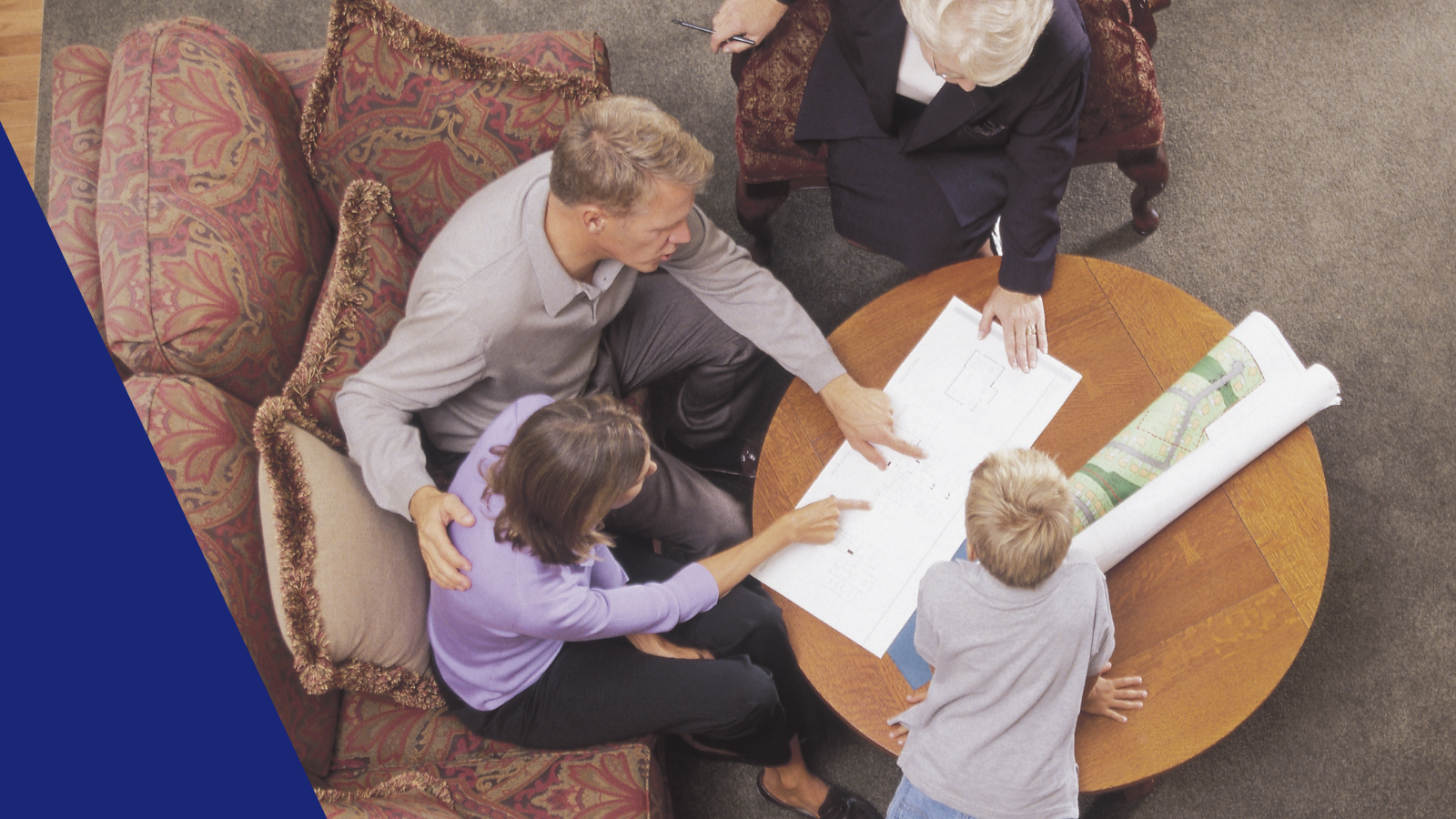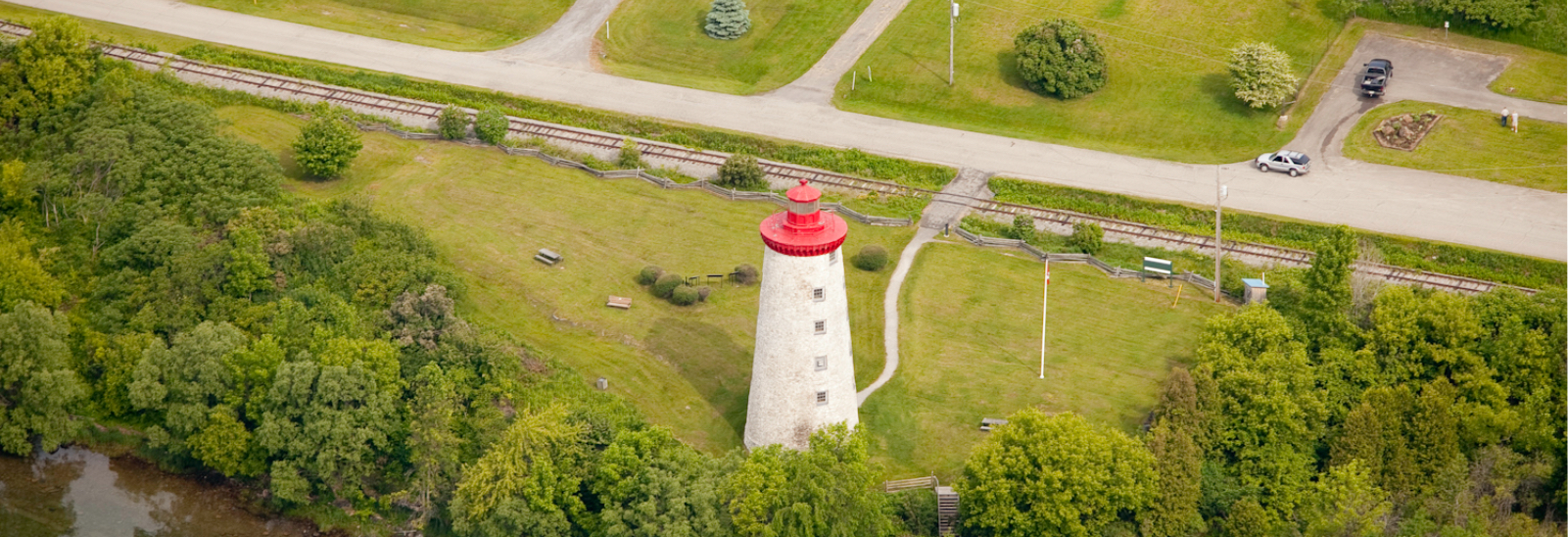Building your family emergency plan

Content provided by: Emergency Management Ontario
In an emergency, your family may not be together, or you may be asked to evacuate your home. Thinking about what you would do in different situations and preparing a plan with every member of your family is the first step to being prepared.
What Your Plan Should Include
A Family Communications Plan
During an emergency, it may be easier to reach someone using text messaging or social media or to make a long-distance call than to call someone locally (due to network damage or a jammed system). Discuss with your family which way(s) you will try to get in touch with each other. Identify one or two out-of-town contacts you and your loved ones can call or text message to connect and share information. Be sure they live far enough away so they will not likely be affected by the same emergency.
- Contact 1:
- Contact 2:
Make sure everyone in your family, as well as your two key contacts, knows how to use text messaging. During emergencies, these messages may often get through even when phone calls may not. Always keep your communications devices fully charged.
Evacuation Plan
In case you are asked to evacuate your home, or even your area, select two safe locations you could go to. One should be nearby, such as a local library or community centre. The other one should be farther away, outside your neighbourhood, in case the emergency affects a large area.
- Safe meeting place 1 (near home):
- Safe meeting place 2 (outside my neighbourhood):
You should also plan how you would travel to a safe location if evacuation was advised. Have an emergency survival kit ready to take with you (that’s Step 2). And if you have pets, think of someone who can take your pet(s) if you have to leave your home. Often, only service animals are allowed at receptions centres.
- My evacuation route:
- Location of my emergency survival kit:
- Location and contact information for pet assistance:
Review of Safety in Your Home
Evacuation Route
Make sure everyone in your family knows how to safely exit your home—by a main exit and an alternate one. Be sure to consider your living situation. For instance, if you live in a high-rise and have special needs, talk to your building manager or neighbours to make special arrangements, if necessary.
- Review of safe exits from home
Emergency Numbers
Keep a listing of emergency numbers at the ready and make sure all members of your family know where they are. Teach children when and how to dial 9-1-1 and other key numbers they may need to call. Here are some numbers you should consider having on this list:
- 9-1-1 (where available)
- Police
- Fire
- Family Doctor
- Telehealth
- Poison control
- Family & friends who can lend support in a crisis
- Insurance contact
- Utility companies
Fire and Other Safety
Follow general household safety rules for smoke alarms, carbon monoxide detectors and fire extinguishers. More information on how many to have, where to place them, how often to check and replace them can be obtained from your local fire department.
- Review of household fire and other safety
Utility Shut-off Procedure
Every adult in your family, as well as older children, should also know how to turn off main utilities—water, electricity, gas. In certain emergencies, authorities will ask that these be turned off for safety reasons. Write out instructions, if needed, and post somewhere visible. Everyone should also know where the floor drain is located and ensure that it is not obstructed, in case of flooding.
- Review of directions to turn-off utilities—water valve, electrical panel, gas valve
Important Documents
Make copies of important documents (insurance, main identification documents like driver’s licence and passport, birth and marriage certificates, wills). Keep with your plan in a safe place. Consider sharing copies with out-of-town family members or keep a set in a safety deposit box.
- Packet of important documents
Emergency Planning and Safety Beyond Your Home
Inquire at your workplace, and your child’s school or daycare about their emergency plans. Find out about their evacuation plans and how they will contact family in an emergency. Make sure that you keep all relevant contact information up to date at work and at your child’s school or daycare, and make sure any people designated to pick up your child are familiar with your emergency plan.
Think of your neighbours. Identify anyone who may need assistance during an emergency and discuss a plan with them and other neighbours. For instance, help them prepare an emergency plan and survival kit, and arrange to check in on that person during an emergency, like a power outage.
Planning for Special Needs
If you or anyone in your family has special needs, be sure your plan reflects them. For instance, for someone with special medical needs or a medical condition, you may want to include in your plan a medical history, copies of prescriptions, information for key health-care contacts. Your emergency kit should also contain extra medications and supplies. You may not have access to conveniences, such as pharmacies, immediately after an emergency has occurred. It is also a good idea to teach others about any special needs, such as how to use medical equipment or administer medicine.
To learn more about emergency planning for disability and special needs, consult our guide for people with disabilities/special needs.
When Your Plan Is Ready
- Discuss your plan with other family and friends so they know what you would do in an emergency.
- Keep your plan in an easy to reach location. A good place is with your emergency kit. Make sure everyone in your family knows where to find it.
- Once a year, review your plan with the entire family. Update it to reflect any changes you want to make.
Refresh your survival kit at the same time, with new food, water and other supplies.














